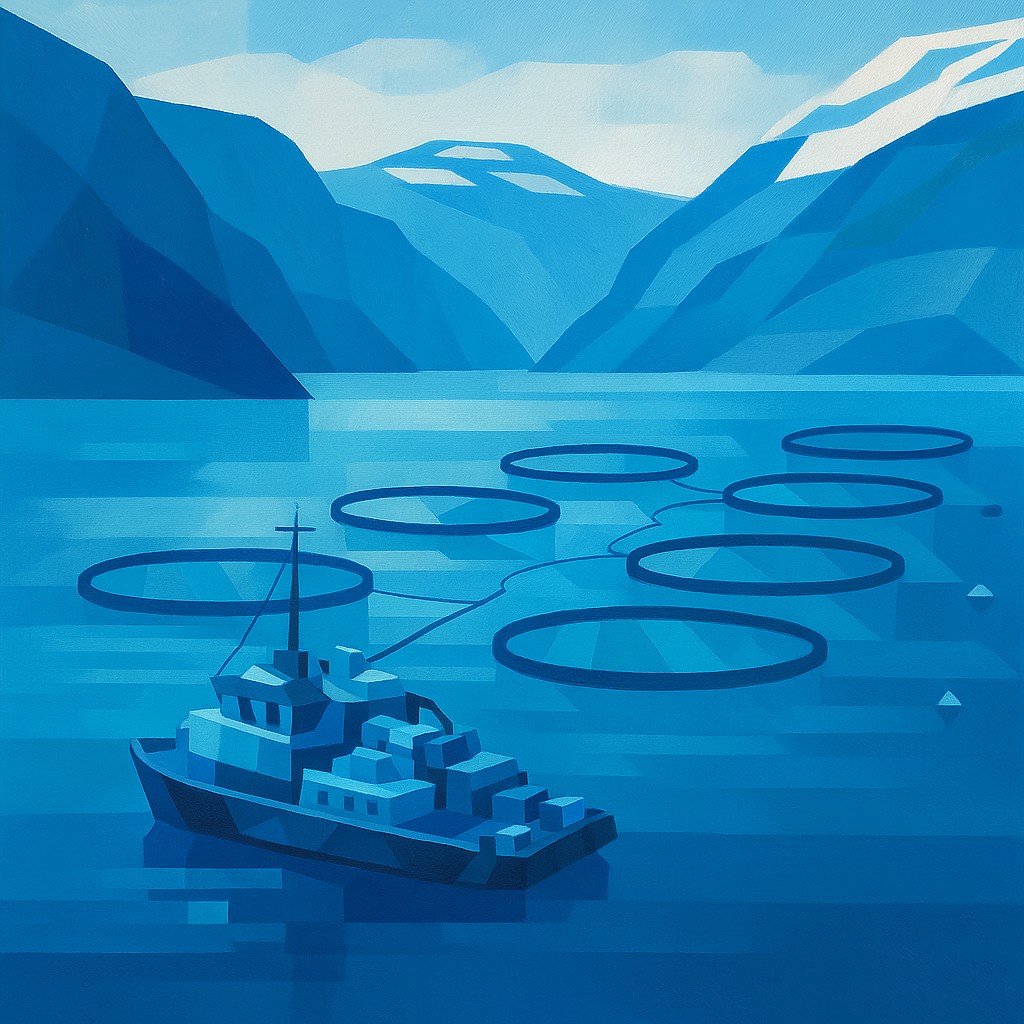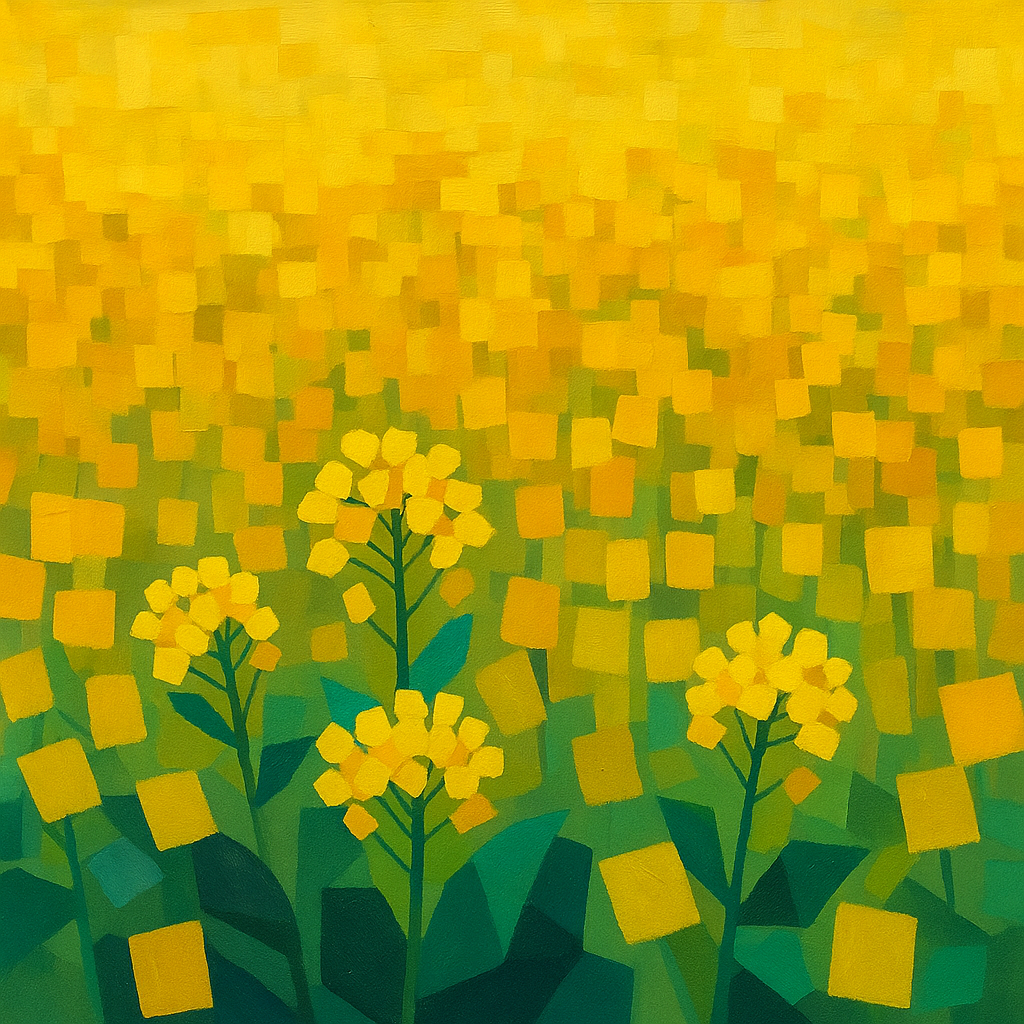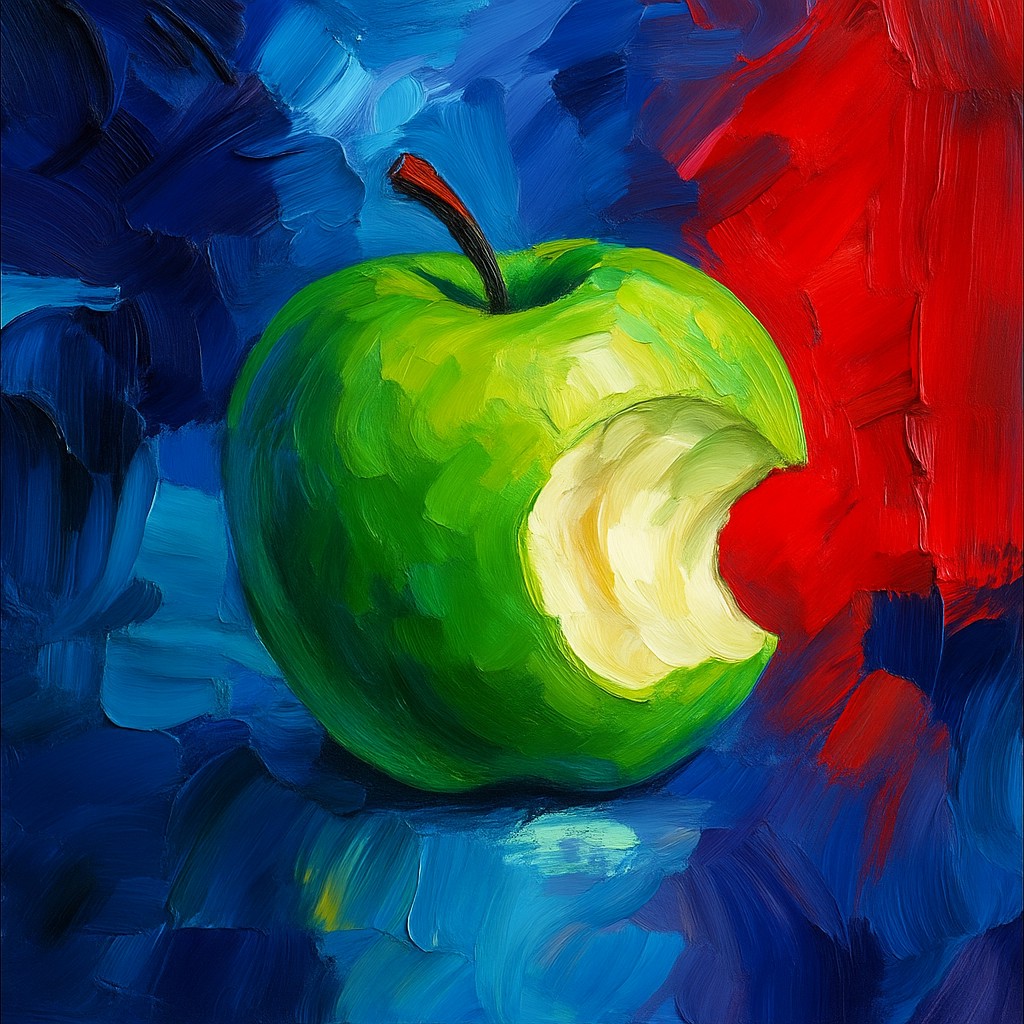Norway's underwater blind zone
Norway has a moral blind zone underwater. Annually, 200 million farmed salmon die before slaughter, and behind the figure lurks even more lives. Albert Didriksen and Aksel Braanen Sterri from the Norwegian think-tank Langsikt describe ethical challenges in salmon farming.

Ki-generated illustration from Sora
Main moments
Societies often ignore the cruelty of their own practices while they are ongoing. Only in retrospect were wrongs such as slavery or forced sterilization acknowledged. Such actions can continue when the value of those affected is overlooked. To expose today's moral blind spots, we must look for corresponding patterns: actions we would immediately condemn if they afflicted individuals we feel more care for.
One practice we will look back on with shame is the way we treat production animals. We inflict suffering on them we would never accept for pets. In Norway, which produces around half of the world's farmed salmon, we should particularly reflect on how we treat fish.
The food fish
When Norwegians discuss animal welfare, it is about pigs such as tail cupers or cows in stalls. Fish is discussed less frequently, although 92% of all production animals in Norway are salmon. The entire population of Norwegian cows is less than one million, while in the food fish phase alone, around 60 times as many farmed salmon die a year without reaching slaughter.
We are encouraged to eat salmon for the sake of health, but the salmon themselves suffer from diseases and salmon lice. The latter problem is being tried to solve with treatments such as thermal desalination, in which the salmon is exposed to such hot water that it can cause panic attacks and, in the worst case, cardiac arrest. In other words, there is a long way between practice and Norwegian law, which states that fish should be protected from unnecessary stresses and loads. The death and pain of the salmon is silent. But if salmon screamed when it was in pain, the fjords would howl like sirens — and we would not be able to ignore the suffering.
Settefish
Anyone who follows the salmon industry closely has read about the “60 million salmon” that die from infected wounds, stress and other causes. That's an enormous number.
Even these statistics, however, grossly embezzle the actual losses. Before the salmon are put into the sea, it spends 9—16 months in hatchery facilities. Here the fish live densely, in warm water and with artificial light to accelerate their growth. In this phase, nearly 60 million fry die and another 80 million are “destroyed”. Counting these losses, which are usually overlooked, as many as 200 million farmed salmon die a year without reaching slaughter. That's more than 300 times the total number of dogs in Norway. Their deaths would have been a disaster.
The Cleansing Fish
The salmon in the hatchling phase are not the only fish to be forgotten. To overcome the salmon louse, the sustenance releases wrasse and roe crackers that eat lice. Among the tens of millions of “cleansing fish” that are put out, the Veterinary Institute reports a mortality rate of around 80%.
It's no wonder the purge fish suffer. They live their lives in a habitat adapted to the salmon's growth, not the welfare of the scavenger fish. To the extent that we think of these fish at all, it is as tools to clean the salmon, rather than animals with their own, valuable, lives. To the extent that we think of these fish at all, it is as tools to clean the salmon, rather than animals with their own, valuable, lives. The scavenger fish is the farmed mousetrap. But what would we think if the cat died almost every time it caught mice?
The feed fish
Behind every salmon meal, there is wild fish. Forage fish are counted in tonnes, not in lives, so the numbers are uncertain, but a global estimate says some 440 small fish go along to feed one farmed salmon. And although the global estimate is significantly higher than Norwegian conditions suggest, we can safely assume that billions of wild-caught fish are used annually to feed Norwegian salmon farming. These fish live freely until capture, but mostly die without anaesthesia during capture. Given the huge number of individuals in question, the feeding of farmed salmon can involve considerable suffering.
Progress is being made. Far less wild fish is used today per kilogram of farmed salmon than a few decades ago, and more alternative produce could further reduce the need. The Norwegian government is committed to sustainable feed. But here we must be careful: the government defines sustainability primarily as self-sufficiency rate and climate impact. If we follow this definition alone, we can end up in a new blind zone: Insect-based feed can quickly emerge as an ideal solution. But what do we really know about the emotional lives of insects? To assume they don't feel pain, and be wrong, would be a bigger mistake than the opposite.
Out of the blind zone
The fresh aquaculture message contains signs of spring. There, the government proposes a tax on death in the aquaculture industry: that is, a price the producer must pay for each fish lost during production. Such a charge could incentivize better fish welfare and remind us of the value of fish — even when it would otherwise be hidden in our blind zone.
The death toll on farmed salmon could become the alarm that breaks the silence. But it covers far from the entire value chain.
Perhaps there are good reasons to treat production animals differently than pets, fish differently than mammals, and small fish differently than adult salmon. However, we can only assert that after carefully scrutinizing the practice. When routines mirror actions we otherwise condemn, we can't blindly trust our habits.
More from Langsikt

The Arguments "Bondelaget" Leads Are Weak
Farmers should not stand in the way of GMOs that can make the farming industry more sustainable and strengthen fish welfare.

Gene technology for better fish welfare
GMO anxiety does not merely cost the aquaculture industry billions of Norwegian kroner; it also harms the lives and health of salmon. To prevent avoidable suffering, industry leaders and policymakers must act quickly.

Confessions of a Hypocrite
In the pursuit of tasty proteins, you are responsible for the lives and murders of thousands of animals over the course of a lifetime. Forget your flights, the infidelity, and the cheap products from China. If animals in production have a claim to being treated like the sentient and thinking beings they are, your diet is probably the worst thing you do.

Consultation input to the Aquaculture Communication 2025
Here, Long-Term follows its consultation input to Meld. St. 24 on the Future of Aquaculture, where we support the proposal for a loss tax for farmed fish.